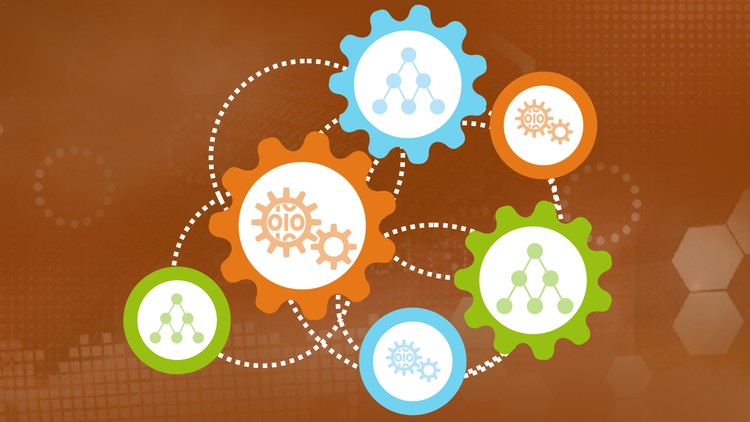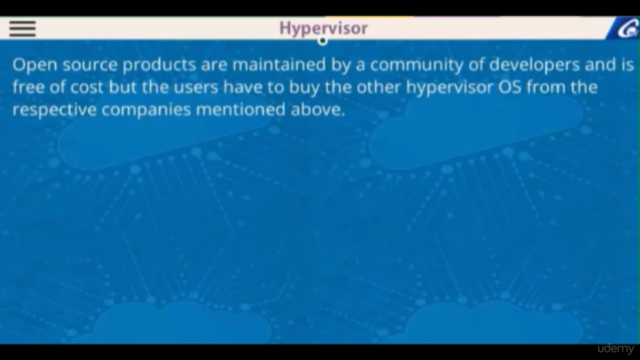Beginners Guide: Software Defined Network, Telco Cloud & NFV

Why take this course?
🎓 Beginners Guide: Software Defined Network (SDN), Telco Cloud & NFV 🚀
Course Headline: 🌐 Master the Future of Connectivity with SDN, Telco Cloud and NFV
Introduction to Networking's New Frontier Software Defined Networking (SDN) is revolutionizing the way we think about networking. Traditional IP networks are notoriously complex and challenging to manage, especially when it comes to configuring them according to pre-defined policies or reconfiguring them to adapt to faults, load, and changes. The vertical integration of control and data planes in current networks adds to this complexity. SDN presents a solution by decoupling the network's control logic from the underlying hardware, promoting centralized network control, and enabling programmability.
The Need for Flexibility in Networking In a world where applications can be provided locally, by data centers, or even the cloud, the rigidity of a traditional network system becomes a significant bottleneck. The emergence of SDN addresses this issue by offering a more flexible, efficient, and scalable approach to networking that aligns with the dynamic nature of modern IT environments and business demands.
Unlocking the Potential of Virtualization Understanding virtualization is crucial in grasping the essence of SDN. This course will delve into the key concepts and terminologies associated with virtualization, including:
- Server: The physical hardware that hosts virtual machines.
- Hypervisor: The software that enables server resources to be shared among multiple VMs.
- Guest OS: The operating system installed on a virtual machine.
- Application: Software running inside a VM.
- NIC (Network Interface Card): The hardware or software facilitating network connectivity for VMs.
- Virtual Machine (VM): An emulation of a physical computer.
Diving into NFV Architecture The course also explores the Network Functions Virtualization (NFV) architecture, focusing on:
- VNF (Virtual Network Function): The virtualized version of network elements like routers or base stations.
- EMS (Element Management System): The system responsible for managing VNFs in a manner similar to physical network components.
Exploring the Components of NFV Infrastructure Participants will gain insights into the Network Function Virtualization Infrastructure (NFVI), the virtualization layers, the role of the NFV Orchestrator, and the open-source software that facilitates the implementation of these concepts. OpenStack is a prominent example in this context.
Why Take This Course? This course is designed for beginners who want to understand the fundamentals of SDN, telco cloud, and NFV. It's ideal for:
- Networking Professionals: Looking to expand their skills into the realms of software-defined networking and virtualization.
- Students and Academics: Interested in the next generation of network technologies.
- IT Managers: Who want to understand how SDN, NFV, and cloud computing can optimize operations.
- Engineers and Developers: Seeking to enter the field of networking with a modern, innovative approach.
By the end of this course, you'll have a solid foundation in software-defined networking, telco cloud services, and the principles of NFV, equipping you with the knowledge to navigate and excel in the evolving landscape of network technologies.
Join Us on This Journey Embark on your journey to becoming an expert in the world of SDN, Telco Cloud, and NFV. Enroll now and unlock the potential of modern networking! 🌟
Course Gallery




Loading charts...